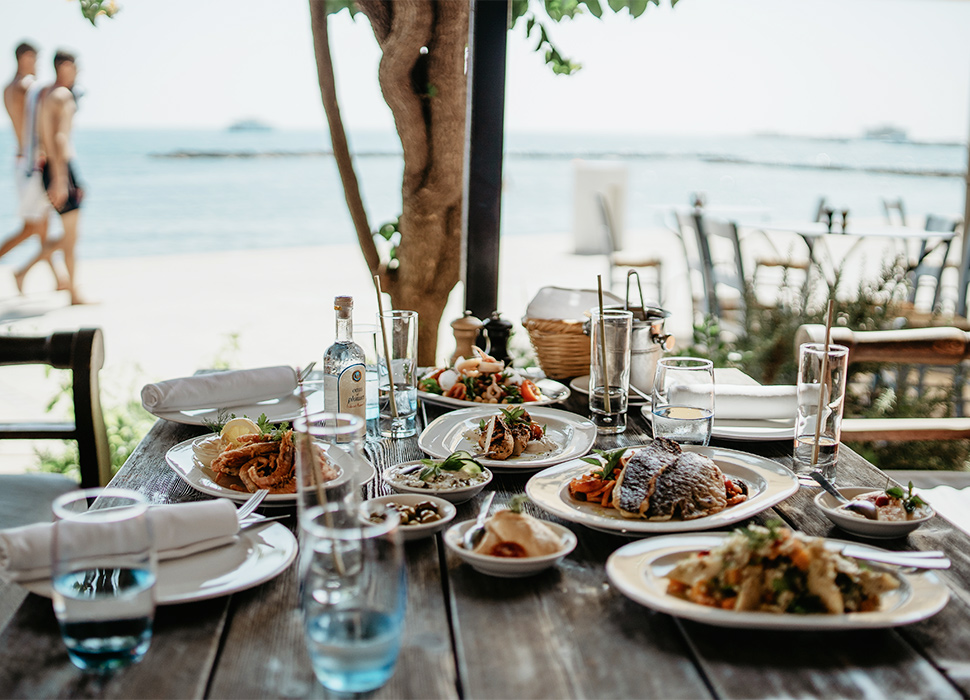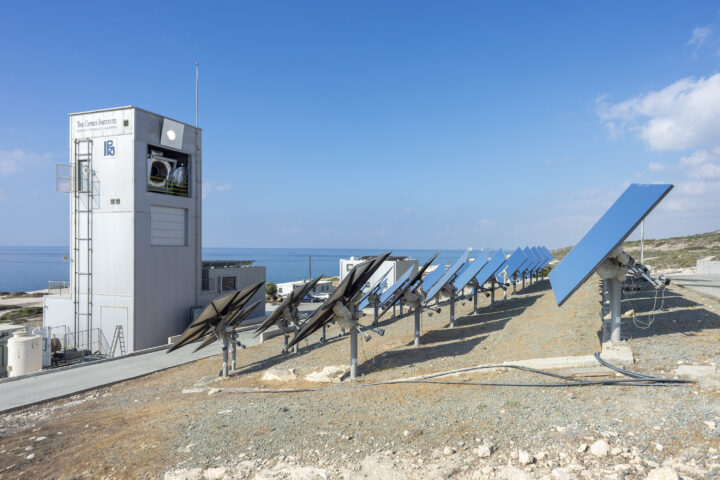The summer holidays are almost over, and I thought of side-tracking a bit, following the season’s most popular sport – eating out.
Although not directly related to real estate matters, it helps towards a locality’s attraction by projecting the quality of living in an area and tourism.
This summer, my family and I had the opportunity to visit many middle-cost restaurants, usually taverns.
We were amazed to note the diversity of the food quality, the prices and the service.
This is a big subject, but I will restrict myself to the Famagusta/Protaras/Ayia Napa area:
- Souvlakia (kebab) restaurants and meze food in general. We noted two establishments across the road from each other in Protaras. One is almost full, hosting parties and having repeat clients; the other rarely makes ends meet – Why?
- We also noted three mainly steak houses close to each other in Protaras, with one requiring two weeks’ reservation and the other two practically empty.
- We noted a Mexican restaurant in Ayia Napa requiring “friends” to intervene for a reservation with three seatings, and two others in Ayia Napa and Protaras were empty.
- Fish meze taverns – three similar beach establishments at Protaras, one full up, one-half full and the third barely alive, with a similar situation in Ayia Napa and the Potamos area (Sotira-Liopetri).
- Home-style cooking, such as moussaka, keftedes (meatballs), lamb meat in a clay oven, and stuffed vine leaves, is a rarity but liked by foreign visitors and locals, and only one establishment.
- Italian cuisine – Popular worldwide. Yet four have closed in recent years; one is doing reasonably well, and there is a standing waiting queue on the pavement for the third.
- Take away. All sorts of quality and efficiency. Yet some are doing extremely well.
- Alcoholic charges – The usual charge is 3-4 times the shelf cost (I say this is overcharging), whereas some restaurants and hotels charge much more, sometimes 7-fold.
So, is there a golden rule for how such establishments can be successful? It is a combination of factors.
- Managers/waiters. Most important. This job is not for amateurs but for professional people who know what they are doing. This is a personal service, and having an indifferent manager with no personality to run the restaurant is not good. Waiters are also especially important. A smiling and efficient waiter makes all the difference for an enjoyable meal. Returning to the Italian restaurant with queuing customers, the owner employs young university students from Salonika in Greece. One feels “young” to be surrounded by such smiling and accommodating young people.
- The food quality and, without question, the cook is the most important, but if one is serving grilled food, there is a large difference between real charcoal and volcanic stone/hot plates. The latter is tasteless.
- Is the restaurant management up to it? Going around the tables asking if everything is okay and offering a shot of Zivania at the end of a local sweet (free, of course) will be most appreciated. In Crete, this is standard practice and successful.
- We have some very good local wines, and the overcharging works against the restaurants, producers, and Cyprus.
- Does a family restaurant accommodate children? An ice cream with sparklers and a balloon for the children is appreciated by the parents. A well-known coffee shop in Nicosia, copying other well-known franchises, has fenced off 80 sqm of its yard for children’s enjoyment. Its business has doubled.
- Do not have the staff standing outside the entrance. It happens mainly in the Paphos area. It puts most people off.
- Fish as a dish is expensive, but it is affordable if you ask for a standard fish meze. Large fish on charcoal is the most expensive unless you can afford it.
- If a guest asks for a coffee after the bill is issued, do not charge them. They will remember the hospitality and become repeaters to pay off the “debt.”
- A little white lie always helps – “My wife makes this.”
- Location – This is very important, but certain out-of-the-way places are fuller than those within the central tourist areas. Sotira and Dherynia, a 15-25-minute drive from the Protaras-Ayia Napa area, are popular due to their excellent quality and reasonable prices.
- Equipment – A professionally run restaurant must have the proper (and expensive) equipment to run. Defrosting in a microwave is a disaster. Professional equipment is required, and you can tell from the food quality.
- Certain establishments provide enormous menus, considering that the variety is a must and a plus. This is wrong. Keep serving what you are best at, do them in small quantities, and there is no embarrassment to say that “we have run out” – it’s better than warming up a cooked dish from the day before.
- Salads – Do not underestimate the value of a fresh salad. Tomatoes and cucumbers, which smell fresh, are an attraction even for locals. One of the Sotira establishments has a vegetable garden next door. It makes a huge difference if cut in the morning and served later instead of being kept in the fridge for 2-3 days.
Last week, we visited a place, and the manager told us that he had run out of fruit, but he could pick figs from the garden next door. We all went to pick the figs to add to the whole lunch experience (especially our foreign guests).
The lack of staff is a major issue with the most successful family-run restaurants, employing relatives from 16 to grandparents.
And finally, to prices. The average price for a tavern-type restaurant last year was €25 p.p., and now it is at least €30 p.p. at the more “quality restaurants”, the cost has risen from €40/per person last year to €50/per person. Time to cook at home?
By Antonis Loizou FRICS – Antonis Loizou & Associates EPE – Real Estate Valuers, Estate Agents & Property Consultants










